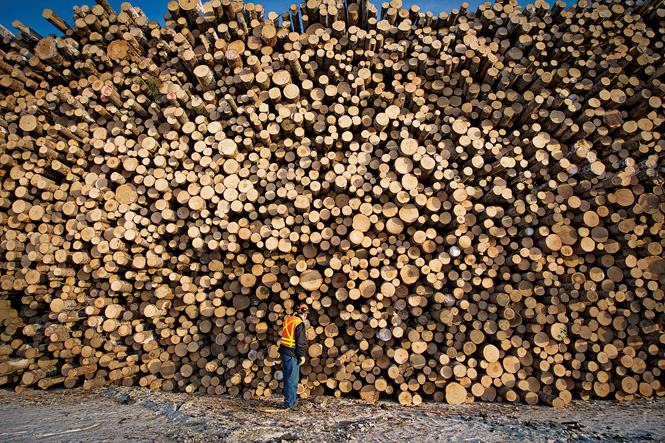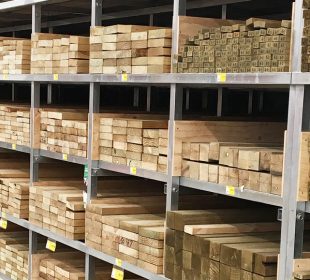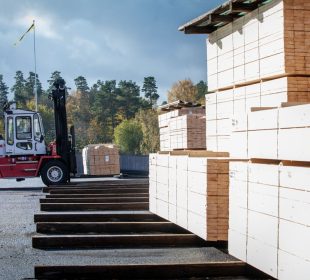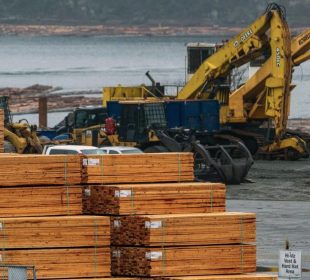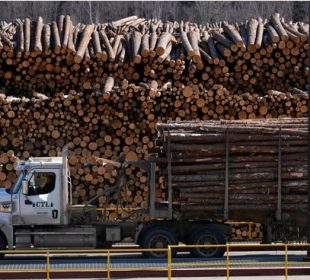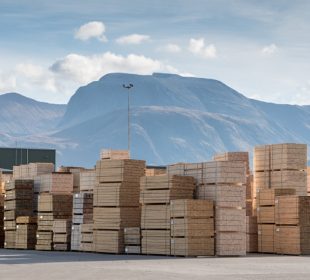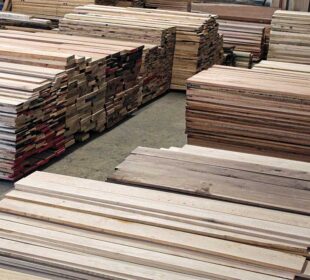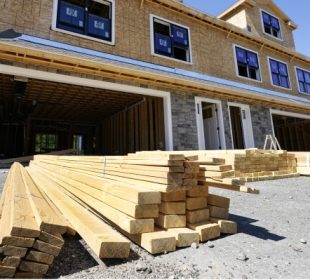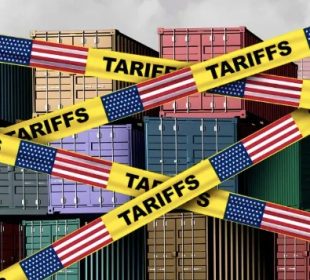The Trans-Pacific Partnership will be the main focus point for the Canadian forest industry in 2016. Since the Softwood Lumber Agreement has left a void which affects lumber producers from Canada regarding the potential anti-dumping duties in the US, the discussion on the TPP will have to resolve this issue too.
Although there is a decrease in wood demand in China, the production and export of BC lumber has a slightly better forecast in 2016.
China represented a hope for the lumber market used in construction, which had suffered a great loss in value after the American housing market began to drop in 2009. Still, BC had plenty of lumber since a beetle infestation killed almost half of the harvestable timber. Now, that extra lumber has almost been used up and the decrease in China’s economy is reducing the demand.
“It’s the first time I’ve come away and everybody we talked to was negative, not just for the three to six months period, but for all of next year. It won’t be improving next year, is what we are hearing,” Russ Taylor, president of International Wood Markets Group Inc. said, after visiting China approximately 25 times since 2000.
Taylor added that housing starts in China have decreased by 14%. This means that BC has to find other markets to sell its low value lumber.
“We are looking at continuing the work of diversifying our markets,” said Susan Yurkovich, CEO of the Council of Forest Industries. “TPP is helpful in that regard, and we’re looking at continuing to diversify into other markets – Asia, China, Korea, Japan, also a little bit of work [is] underway exploring the market in India,” she added.
Now, even if China’s economy slowed down, BC can profit from the development of the US market, which has begun to grow after 10 years of decay. Thus, the US housing market is expected to reach a 1.1 million new housing starts in 2016, an important increase from the one million reached in 2015. Still, the prices for lumber in the US are lower because the currencies in Canada or Sweden are lower compared with the US greenback.
Even if the housing market in the US will grow, this won’t mean that the Canadian sawmills in BC and Quebec will earn big money, since the production of harvestable lumber has decreased. This lower supply of timber will cause lower production of lumber, but also higher prices.
Taylor said that “The U.S. housing market is still growing. In fact it’s going to be growing for the next five years. The question we keep asking is, ‘Where will the U.S. be getting its lumber?’ Because it’s not going to be from Canada. We’re forecasting lower exports to China and more exports to the U.S. market because of the fact we don’t have that low-value wood.”
Some reports say that the Canadian softwood lumber producers aren’t able to flood the US market with cheap wood anymore and so the softwood lumber agreement shouldn’t be of such significant importance. Still, Canadians mills will be lucky when selling lumber to the US, because they have a low Canadian dollar.
We are hopeful that we can find a new agreement with the U.S.,” Yurkovich said, “but if we don’t, we would also prepare for the litigation that might follow,” she said regarding the issue that protectionist actions might happen and that the new Liberal government should work out an agreement with the US to prevent it.
[gravityform id="1" title="true" description="true"]

